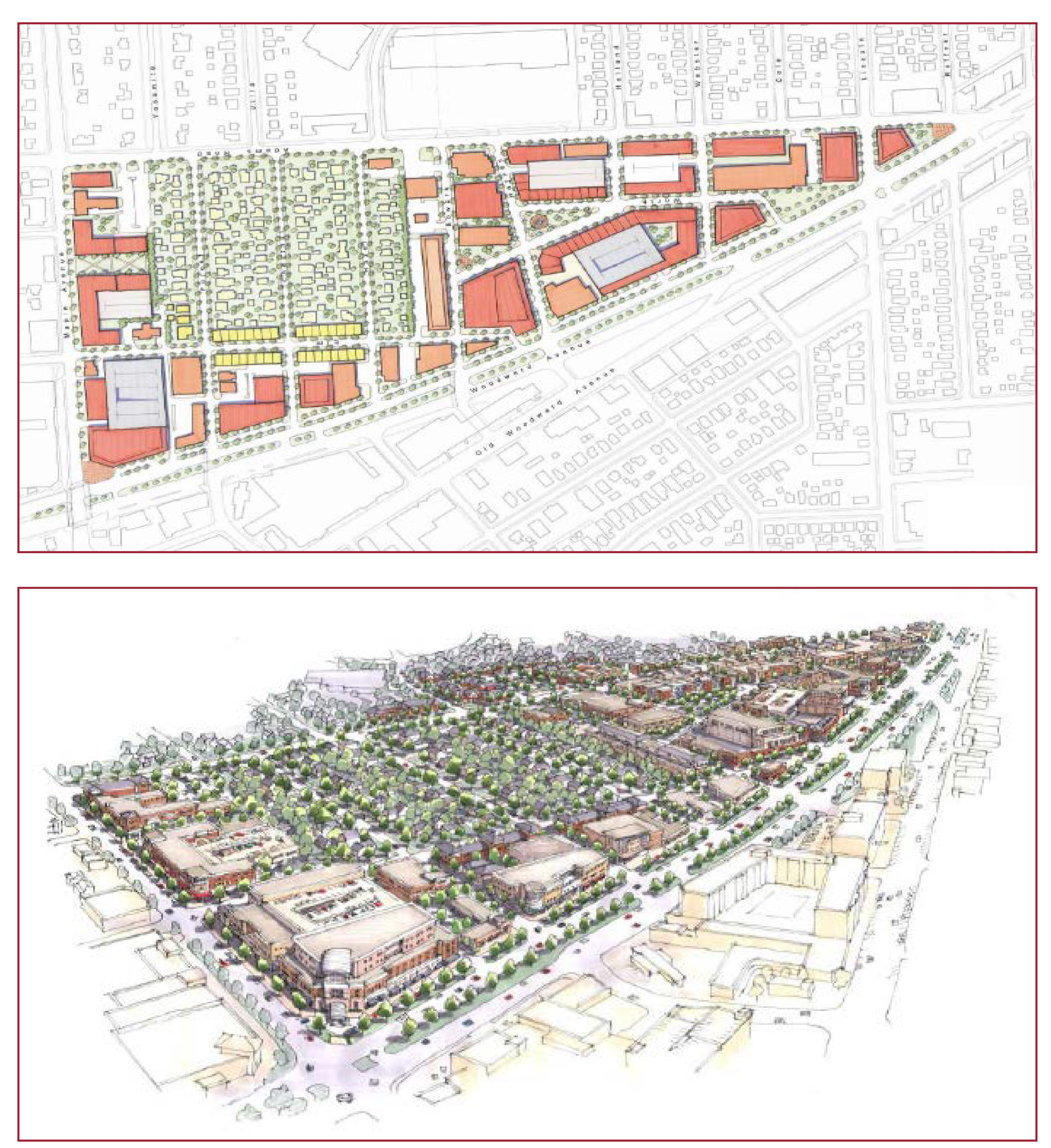
Downtown Birmingham Streetscape
Introduction:
The City of Birmingham, Michigan is situated between the Detroit Metro and Pontiac, Michigan covering a relatively small size of approximately 4.80 square miles. The city is serviced by local and regional public transit, while AMTRAK provides commuter rail service.
Demographic Composition:
The City of Birmingham, Michigan is predominately white, with the white population accounting for 91% of the total population. The remainder of the population is broken down into the following racial groups:
Black or African American – 3%
American Indian – < 1%
Asian – 2%
Multi-racial – 1%
Other – < 1%
The City of Birmingham boasts high marks in the religious index, restaurant index, and the amusement index as determined by the Quality of Life Index collected by the US Census Bureau. It also has an extremely low unemployment rate with unemployed males only accounting for < 1% of the eligible work force and unemployed females accounting for < 1%. Their primary industries of employment are sales, management, and finance careers with 97% of the population holding white collar employment. The Big 5 accounting firm, Ernst & Young, is a large employer in the city.
Process:
Birmingham, Michigan is an iconic success story in that its downtown has become the poster child for many mainstream planning associations such as, the American Planning Association and the Congress of New Urbanism. The revitalization efforts attempted to produce a vibrant, mixed use neighborhood, while creating a sense of “place” through a platform of bold and distinctive architectural streetscape elements. Lovingly named the “Triangle,” the downtown district in Birmingham was a model for downtown revitalization efforts.
The city launched a public engagement that quickly became a cornerstone of the plan. Through these efforts, community members and government leaders went through a series of public forums and charettes to capture the voice of the city. This helped sell the idea to the public, while allowing them to be a part of the solution and keeping them engaged in the process. The plan was enacted in 1996, with milestones placed throughout the implementation period. In essence, it is a 20 year plan and will be completed in its entirety this year.
Suggestions:
- Make the plan the idea of the public.
- Keep residents engaged and informed of the process by holding public engagement events and inviting the public to all Downtown plan meetings.
- Take a comprehensive approach to the plan by establishing a zoning overlay district, incentivizing development, and partnering with key developers.
- Improve pedestrian amenities and develop public/private partnerships.
- Incorporate a well though-out Streetscape Plan.
- Provide commercial incentives to attract businesses into the Downtown District.
- Use of landscaping to demarcate the entrance into the Downtown District.

Downtown Birmingham Plan by Duany, Plater-Zyberk and Associates
